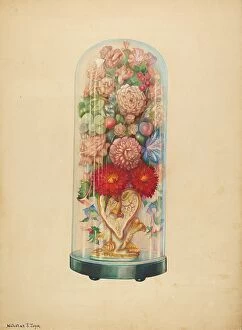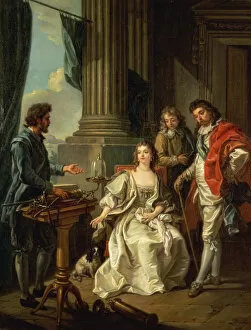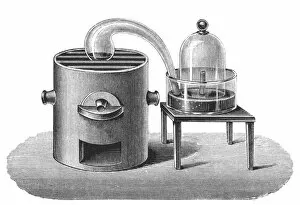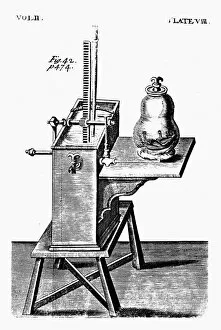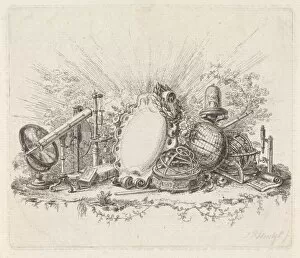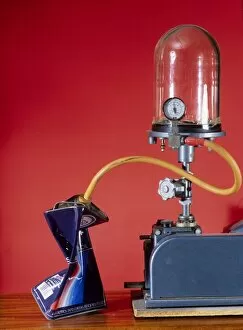Bell Jar Collection
"The Bell Jar: A Captivating Journey through Scientific Curiosity and Artistic Expression" Step into the mesmerizing world of "The Bell Jar
For sale as Licensed Images
Choose your image, Select your licence and Download the media
"The Bell Jar: A Captivating Journey through Scientific Curiosity and Artistic Expression" Step into the mesmerizing world of "The Bell Jar, " where art and science intertwine to create a captivating narrative. From the enchanting Chelsea Window, 1931, with its vibrant colors dancing on canvas, to the delicate Wool Flowers Under Glass, 1935/1942 by Frank J Mace, this collection takes you on an exploration of beauty encapsulated. As you delve deeper into this realm, The Alchemist panel beckons you with its mysterious allure. It whispers tales of alchemical wonders and secrets waiting to be unraveled. Experiment on the decomposition of water comes alive before your eyes in vivid illustrations from 'Histoires et Memoires de l' - a testament to humanity's relentless pursuit of knowledge. Pneumatic Experiment stands as a testament to human ingenuity in 1777. Its oil-on-canvas depiction transports us back in time when scientific breakthroughs were celebrated as works of art themselves. Lavoisier in his laboratory at the Arsenal showcases an experiment on respiration - a moment frozen in time that captures both scientific precision and artistic finesse. Cabinet geometrique de Mr. Le Clerc invites us into a world where imagination meets invention; it is an etching that sparks curiosity about what lies beyond our current understanding. Lavoisier's investigation into oxygen's existence further fuels our thirst for discovery – reminding us that even centuries-old inquiries can still ignite fascination today. Robert Boyle's second air pump from c1660 serves as a symbol of progress – an instrument that revolutionized scientific experimentation during its time. And finally, Johannes Petrus van Horstok's Cartouche surrounded by scientific instruments transports us back to the Enlightenment era when scholars sought enlightenment through observation and analysis. "The Bell Jar" encapsulates not only these individual pieces but also their collective power to inspire awe and wonder.

